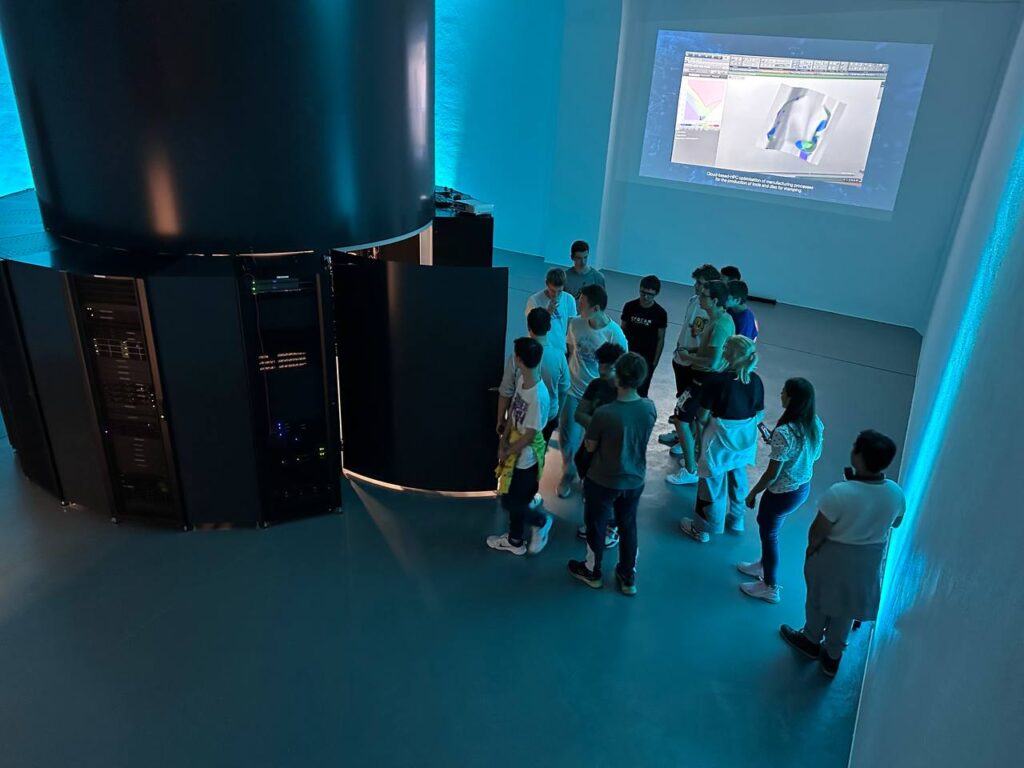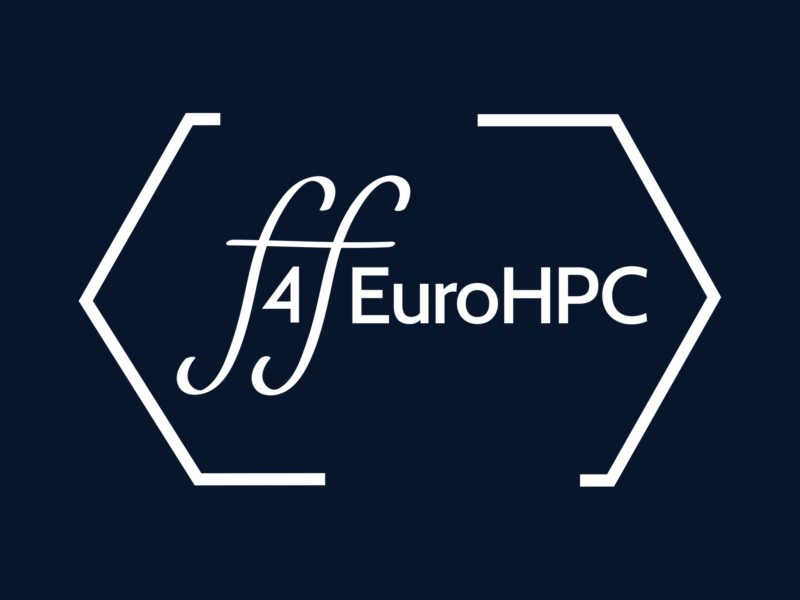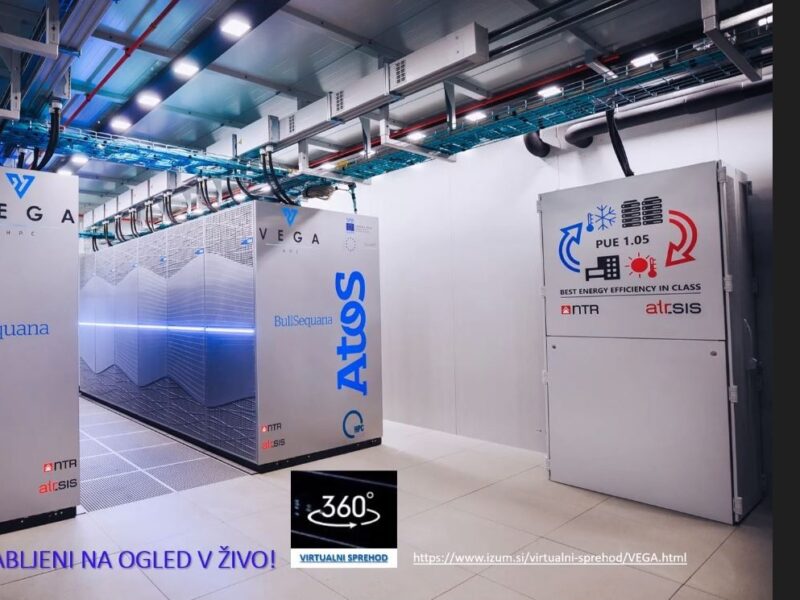Ljubljana, 19 October 2023
This week, Slovenia’s supercomputing centres are traditionally opening their doors to give visitors a glimpse into how the most powerful Slovenian supercomputers look. Among them is the EuroHPC VEGA, hosted in the Institute of Information Science in Maribor, one of the most powerful supercomputers in Europe and the world.
Welcome to the world of unlimited supercomputing power
For the third year in a row, the Open Day of Supercomputing Centres aims to open up to the public the usually inaccessible and mysterious places where extremely powerful supercomputing systems are housed.
“Supercomputers are powerful ‘machines’ that can calculate faster and process more data than ever before. Although they are mostly used in science and industry, we want to show the importance of their use to everyone who is interested in technology. Many of the visitors came from secondary and primary schools, which gives us hope that we will have many experts and even more users in the future who will be able to use supercomputers to make significant advances in science and business,” said Damjan Harisch from the Academic and Research Network of Slovenia (Arnes), the coordinator of the EuroCC 2 project and the SLING National Competence Centre.
In Ljubljana, visitors were introduced to the world of technology at Arnes and the “Jožef Stefan” Institute on Tesla Street, at the Ažman Computing Center at the National Institute of Chemistry, at the Faculty of information studies FIŠ in Novo Mesto, at Arctur in Nova Gorica, and in Maribor at the University of Maribor and the Institute of Computer Science IZUM, where they were able to see Slovenia’s most powerful supercomputer, EuroHPC Vega.
EuroHPC Vega was officially inaugurated in April 2021 and has since been used by more than 600 researchers. Dejan Valh, Head of the Supercomputing Sector at IZUM, explains that the supercomputer, whose capacity can be compared to around 50,000 PCs, supports more than 50 different projects per month in both the research and business sectors. “One of the most interesting is the project to improve the treatment of hormone-sensitive prostate cancer, carried out by the Ruđer Bošković Institute in Zagreb, which uses a biophysical model of the cancer to study the optimal treatment options for each individual patient. There is also a growing interest in the use of supercomputing capacity among companies, where we see a particular interest in learning AI models.” Young people in particular are very interested in seeing the EuroHPC Vega – they have more than 700 visitors a year, many of them from abroad.
Exascale Day: 18 October or 1018
The idea for the Open Day of Supercomputing Centres was born three years ago on the occasion of Exa Day, or “exascale” day, celebrated every year on 18 October. Exa is a new milestone of computing power in today’s world. “Exascale Day” or “Exa Day” is celebrated on 18 October because these incredibly powerful supercomputing infrastructures can perform 1018 floating point operations per second (FLOPS). An unimaginable number, which is better illustrated by an example: for a human being to calculate what an exascale computing system can calculate in just one second, one would have to perform one calculation every second for the next 31,688,765,000 years,” explains event coordinator and Arctur project manager Tina Črnigoj Marc.
With more and more curious visitors every year, this year the partners have tried to increase the number of viewing slots to give everyone a chance to see the supercomputers up close. The following questions arise most often in these visits: “How are supercomputers used, as they have no screen, keyboard or mouse? What is the cost of electricity? How much do supercomputers cost and where can they be bought?” explains Črnigoj Marc.
Slovenia: supercomputing boosts competitiveness
The SLING Consortium – Slovenian National Supercomputing Network, managed by the public infrastructure institute Arnes, was established in 2009 to provide researchers with easy, standardised access to distributed computing and data processing infrastructure in various computing centres in Slovenia. “The Slovenian Supercomputing Network SLING is a consortium of more than 20 partners dedicated to the development, use and promotion of supercomputing in Slovenia. We provide computing and storage resources, technical support, web services, coordinate and promote the development of supercomputing in Slovenia, as well as provide expert support for end users and system administrators,” explains Harisch.
In 2020, the consortium went one step further and established the Slovenian Supercomputing Competence Centre, co-funded by the EuroHPC JU as part of the EuroCC European National Competence Centres project.
All interested SLING partners are invited to follow the website http://www.sling.si and the social networks @eurocc_sling, where the latest news and events from the world of supercomputing are regularly posted.
Media contact: Tina Črnigoj Marc, Arctur d.o.o. – NCC SLING tina.crnigoj.marc@arctur.si










